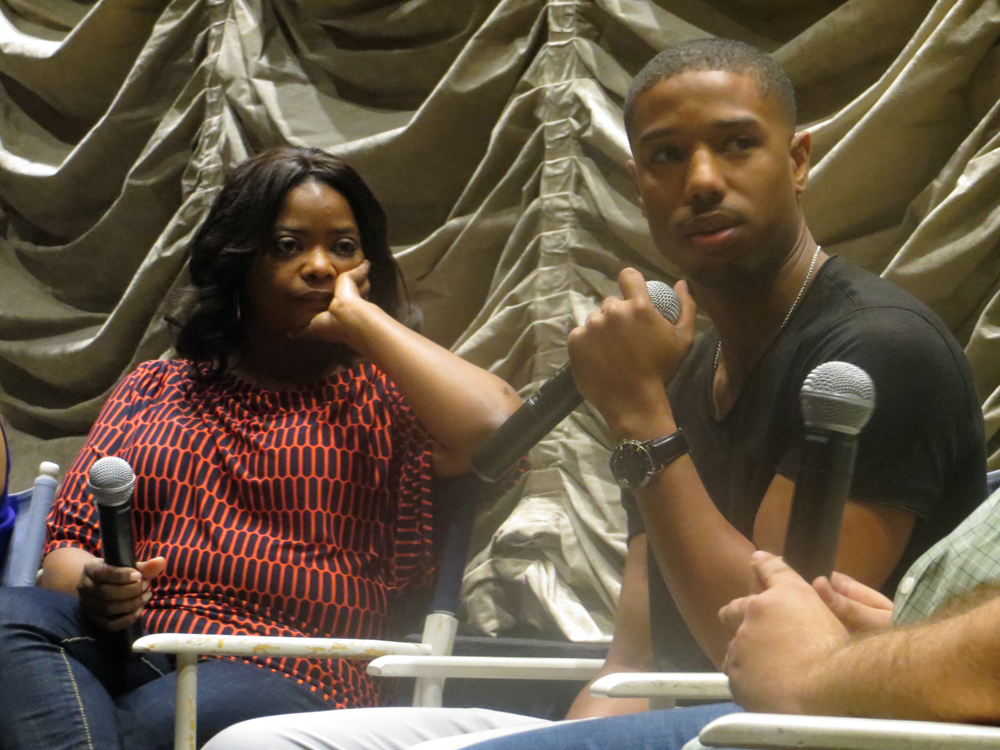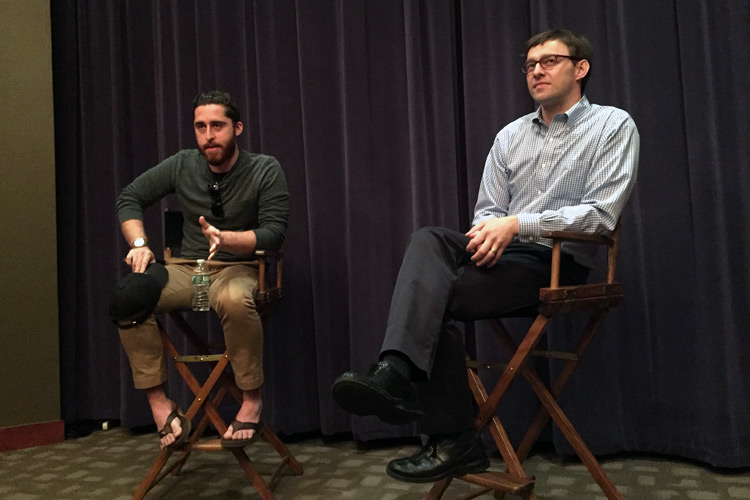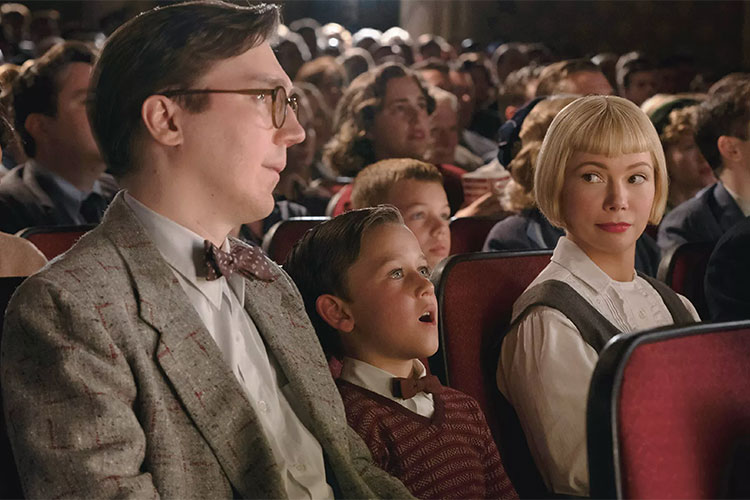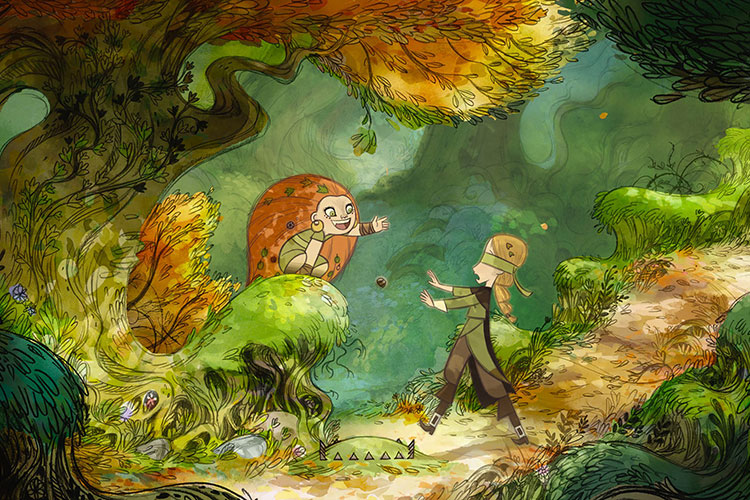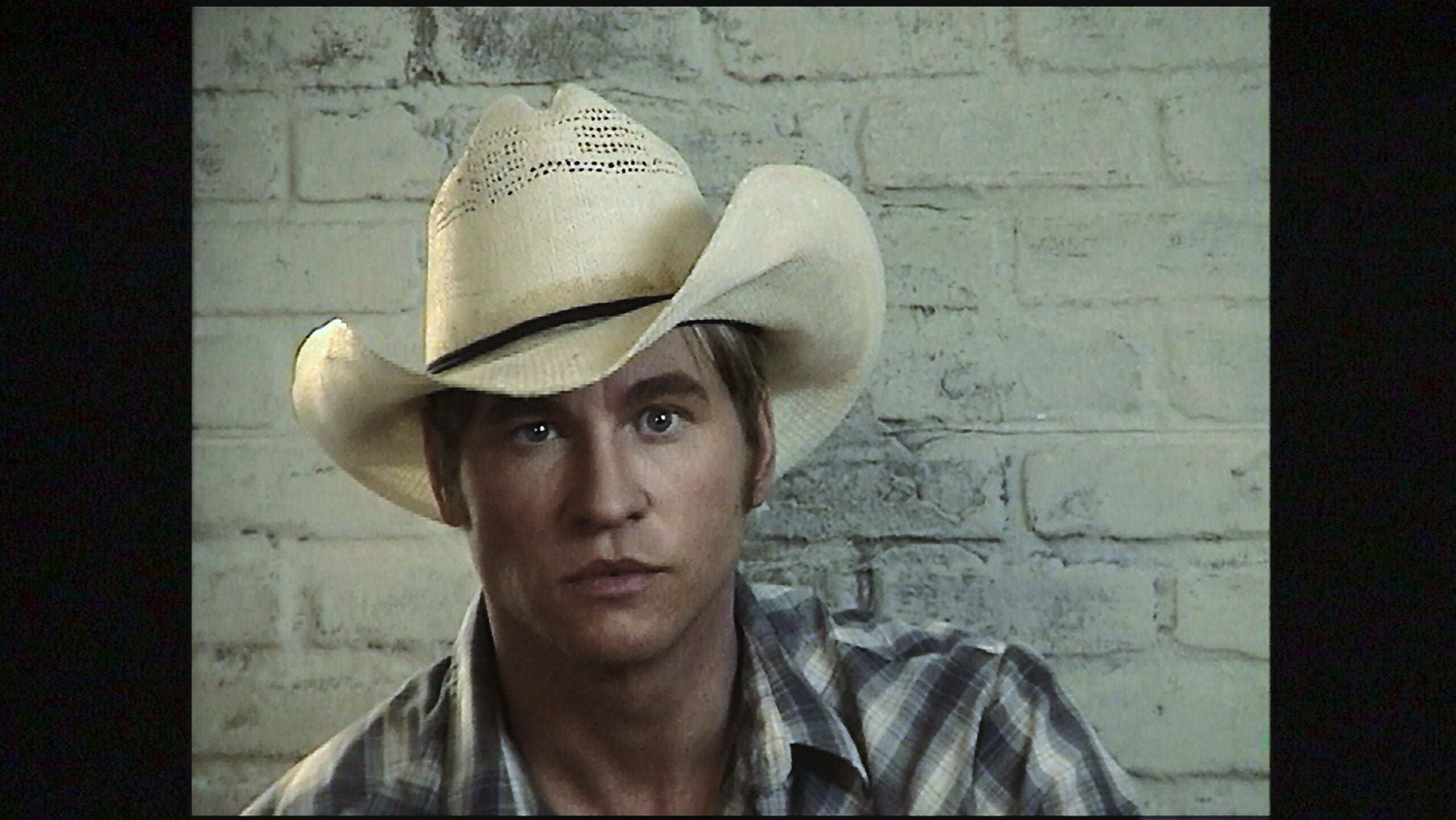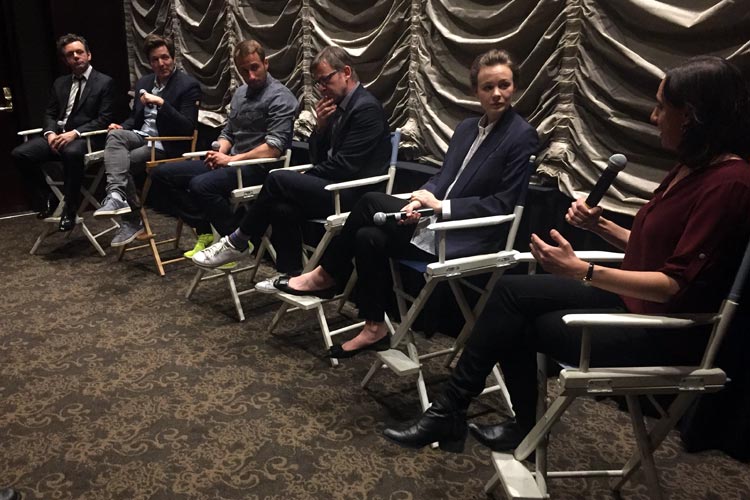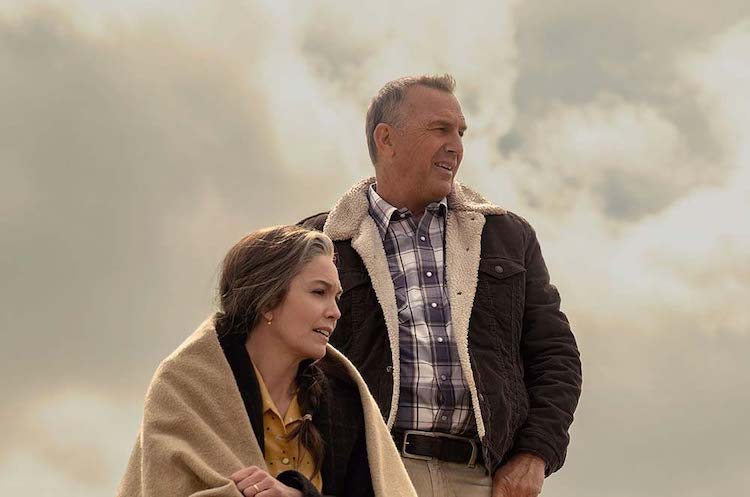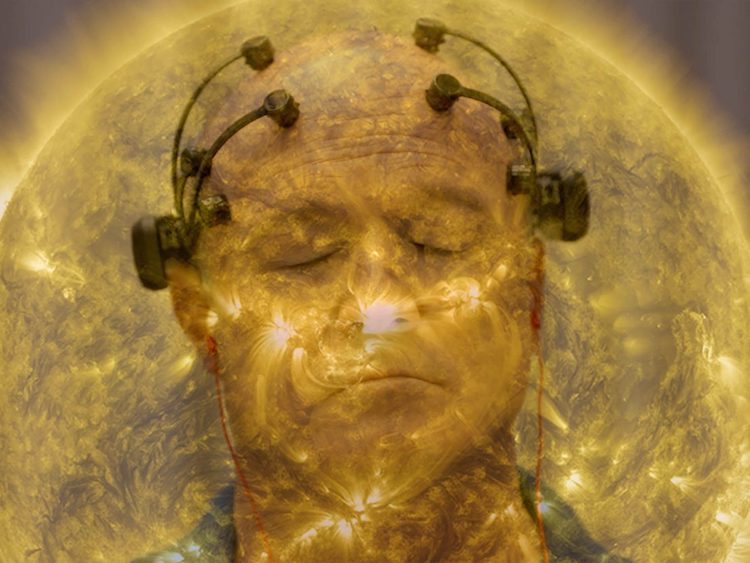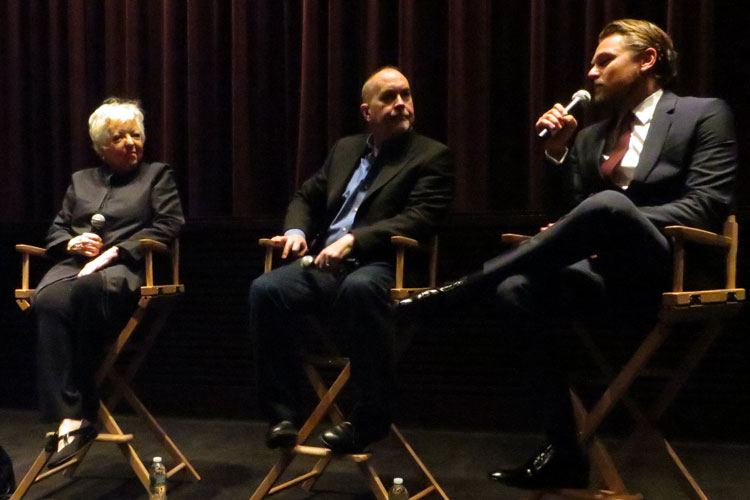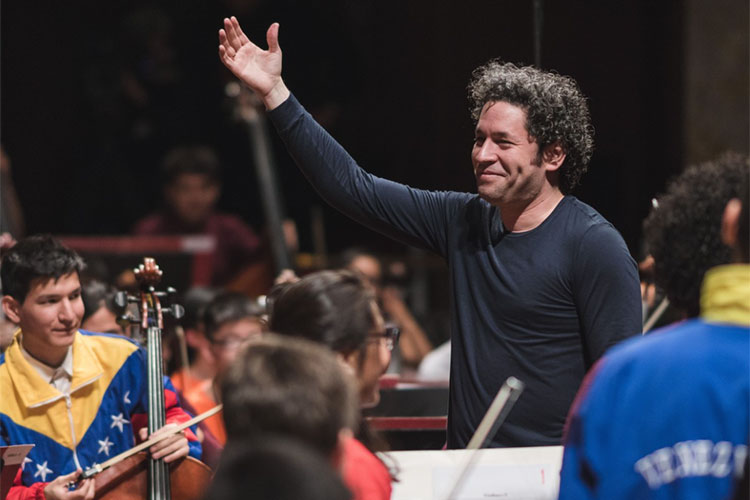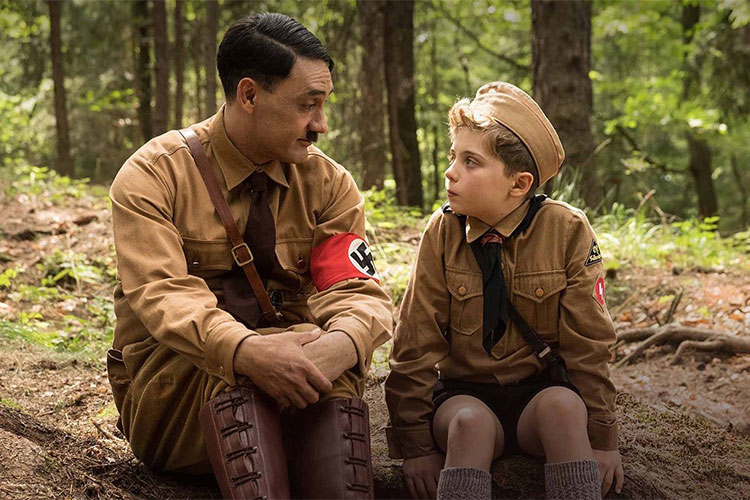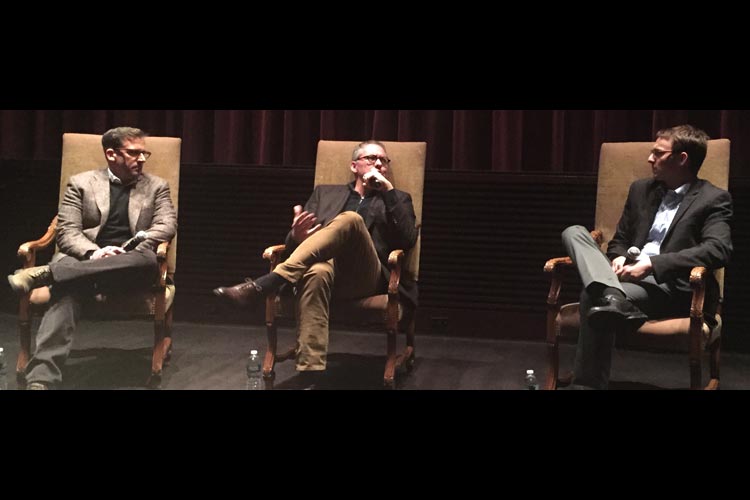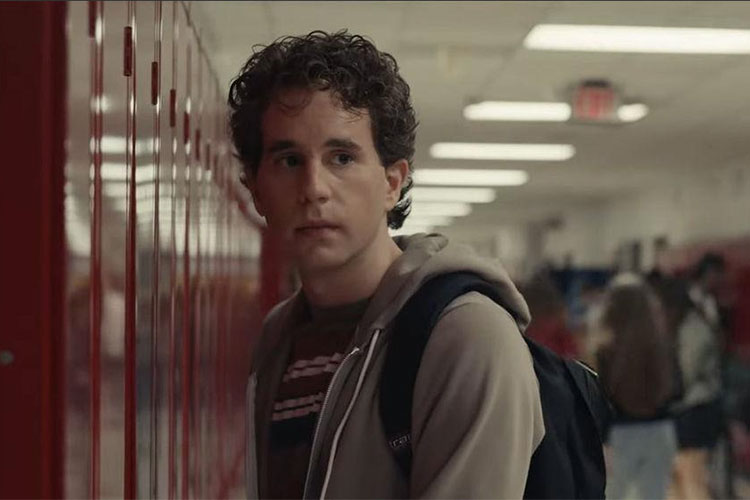You all shot for a few nights on the actual BART platform where this tragedy took place. Can you talk about that experience?
Diaz: It was one of the most intense things. You can still feel the ghosts there, the presence of the pain and violence and fear and everything that went down that night. That day was special. We started off with a prayer. It was powerful.
